
OK, kids. A New Year and on to the fun stuff. Most importantly our tour guide, Nomi, after being with us for over a week, has shown that she really gets us. She has tailored our trip, often free wheeling and modifying our itinerary the day before or the day of our scheduled stops. We kick off at 8 each morning and motor forth until dark.
The oral accounts of the culture, history and architecture which float my boat are somewhat less easily absorbed by the others in my group (read Lori),
but it is a whole bunch of fun showing off my knowledge and amazing all those around me. Lotsa fun being able to occasionally add to what is being put forth by our guide. Not that I’m snarky about it. At all. Or even very much.
As each of all of the requisite tour sights are out of the way, we sally forth to places that are either less frequented or even better infrequently frequented.
Today (actually yesterday; poetic licence) we visited a place that I’ve always associated as a home for Roman leaders with loose bowels. Here they call it Caesaria.
A wonderful example of how empires should be built and their inevitability to withstand the tides of time. And in this case, the tides of the Mediterranean.
Nomi has a life partner named Hayden. We have not been able to see him for 5 days. Good at his namesake, obviously. The man is quiet, softspoken and a whiz with all things that grow. He was given a piece of land by the Israeli governmemt about 40 years back on which he built his home. The land was free but came with a few small conditions. One was called Jenin (visible in the background)
and was situated in the West Bank, about a 10 second mortar flight from his front gate. The rear side of his property has similar welcoming committees. So the Israeli government provided the new settlers with a piece of property and a helmet. If they managed to build a house, hang in for ten years, and not get blown up, the house was theirs.
The area is called a ‘moshav’. It is a form of collective whereby all members own a piece of the businesses erected on it. In the case of this particular moshav, Mi Ami (I kid you not), the business is flowers. Of which they raise and sell a whole lot. One could say that business is blooming.
Having lived in this part of the country, Hayden is a bit of a local celebrity and has made fast friends with his neighbours. We had a wonderful dinner at a local eatery,
served mostly in Arabic by the local owner. Food was good, service great, ambiance better. Dessert came from another stop down the road.
The local sweet shop (no mis-spelling, the labourers are paid fair wages) stuffed us with treats. Next door was a spice shop,
reminiscent in sight, sound, and smell to similar emporiums encountered by Lori and I in such random locals as India, Viet Nam, Peru and Cote des Neiges.
A quick trip to fix Nomi’s damaged bumper
and we headed to the surprise of the day. What seemed to be a two bit (one shekel) mouse hole of a building housed a 10,000 square foot art gallery. The owner, Said,
is from a 200 year lineage in a town knowm as Um al Fahm, which translates roughly as the Motherload of Charcoal.
Families have been burning wood to produce charcoal for hundreds of years. Not the most environmentally conscientious profession, but it pays the bill.
He has his own works in the premises done in charcoal but more artistically presented. Most imposing is a collection from eighty five israeli artists. Most of them Arabs, some of them Palestinian. The theme of the exhibition is the olive tree, which is a major symbol and element of desert life. The media used comprised everything from metalic sculptures to photography, to wood carving, to video, to paint.
The underlying theme centered around the notion that Israel, empowered through its govenment and defence forces, unilaterally uproots olive trees either demolishing them in the process or relocating them to other parts of the country.
A roadmap was not required to decipher the sybolism.
Besides the art, Said has begun a program to photograph and record the life history of the town’s senior citizenry.
The work was from the heart and spoke volumes; the attempt to preserve and catalogue the past was admirable and ambitious.
In addition, the gallery had a workshop to empower women to produce ceramic art
and offered artist in residence facilities as well.
The message and the medium were the product of an intensly proud man. It gives hope to the notion that conversations between opposing factions can manifest and who knows, could even lead to peace one day.
If Nixon was able to do it with a ping pong paddle, why not Said with a paintbrush?


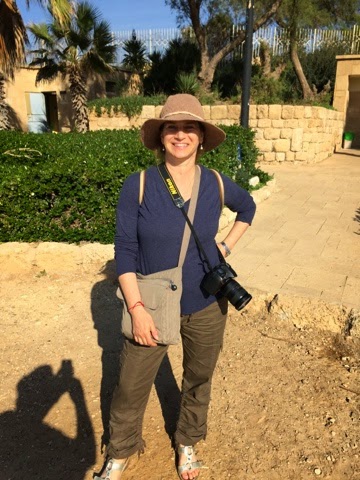
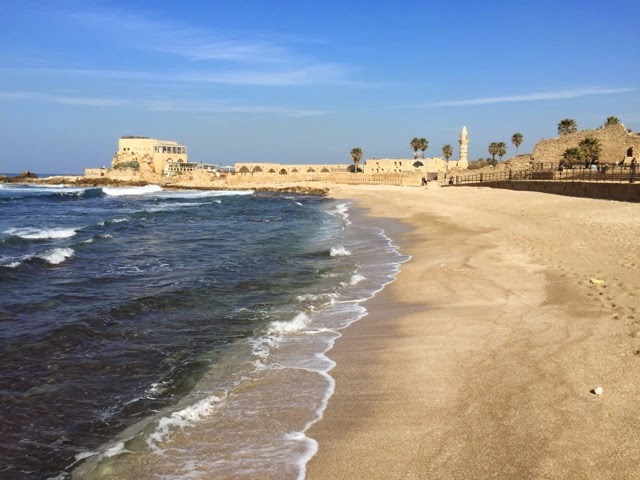
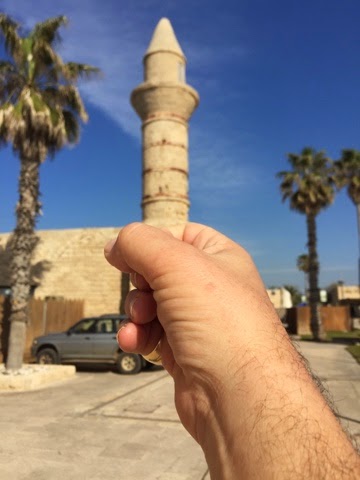

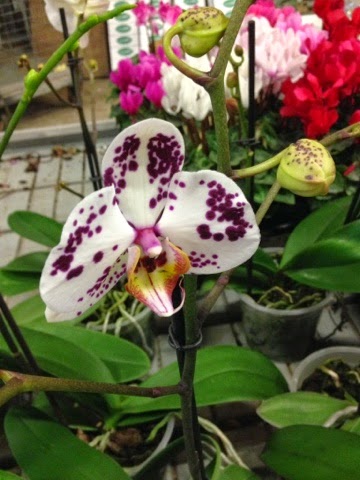
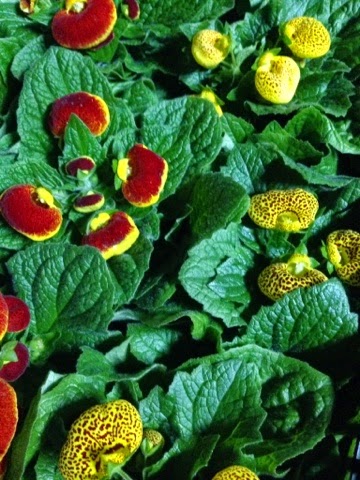
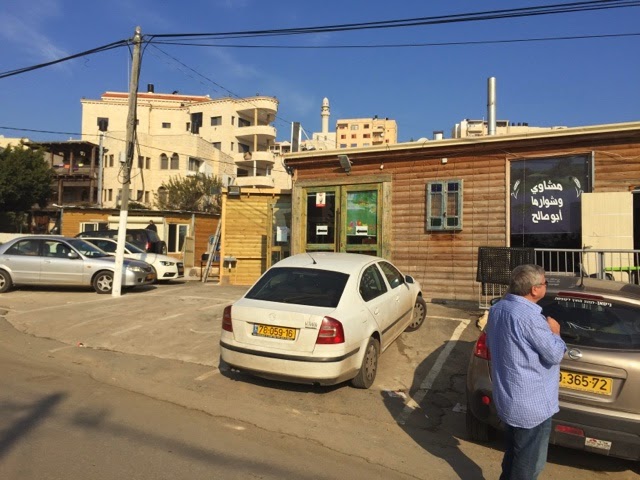
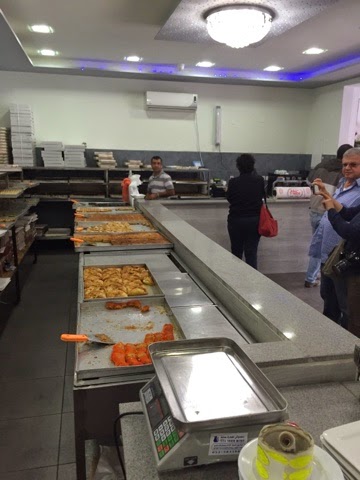

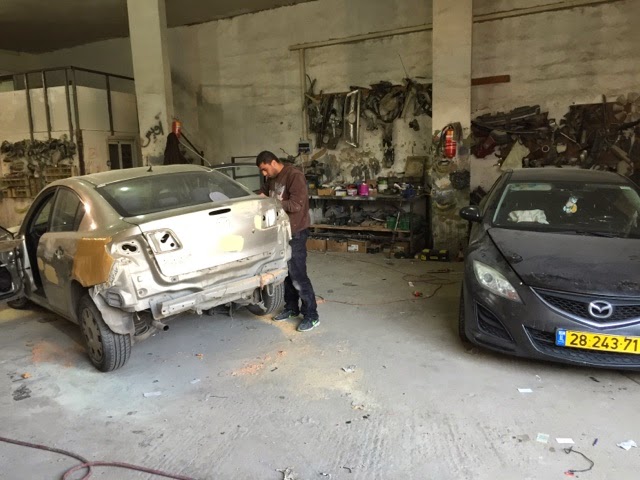
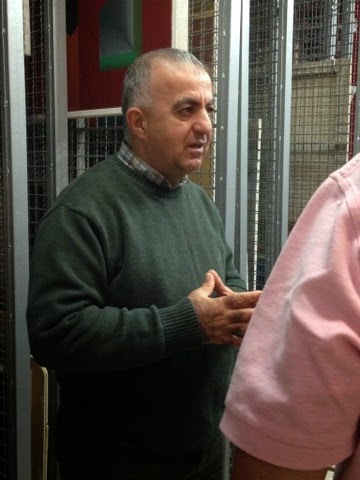
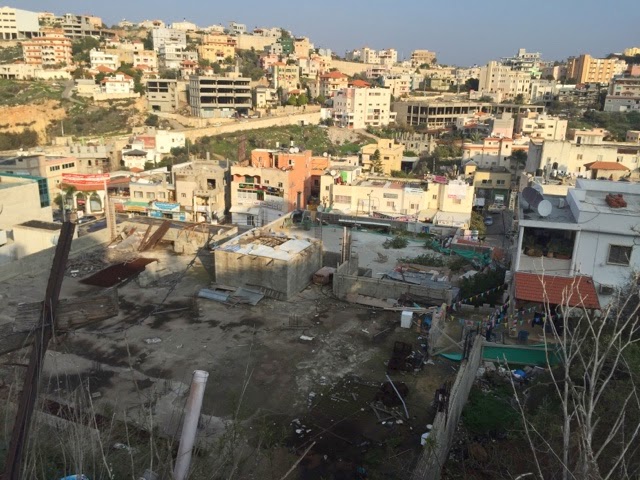
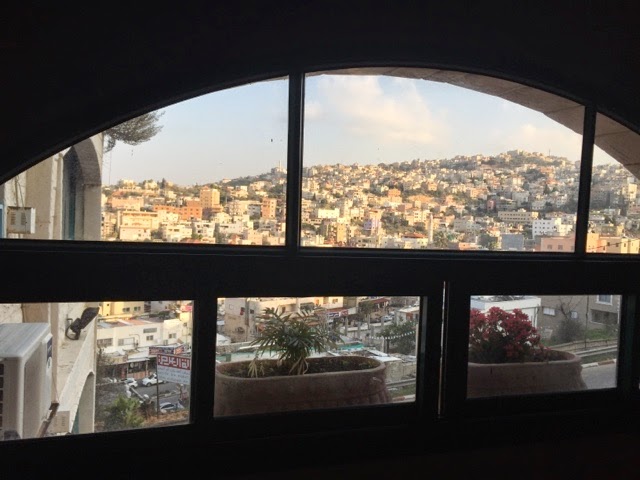
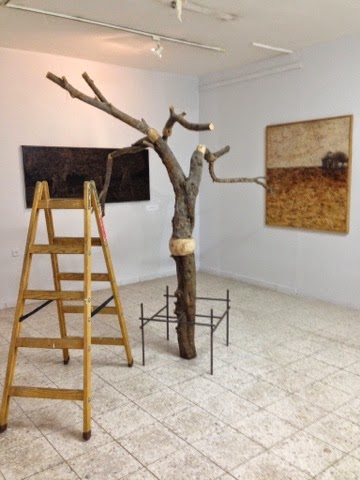
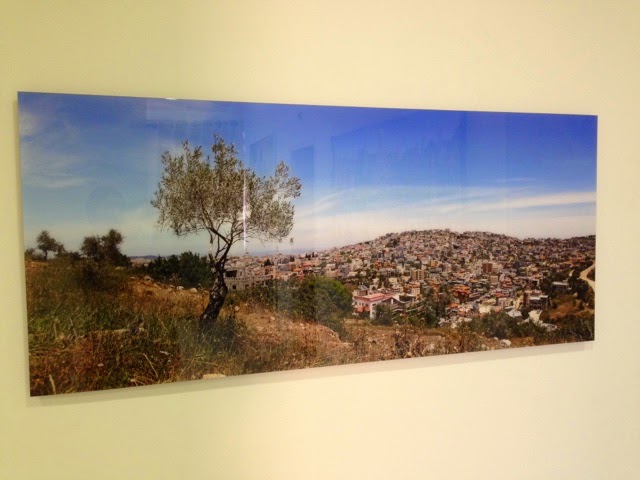
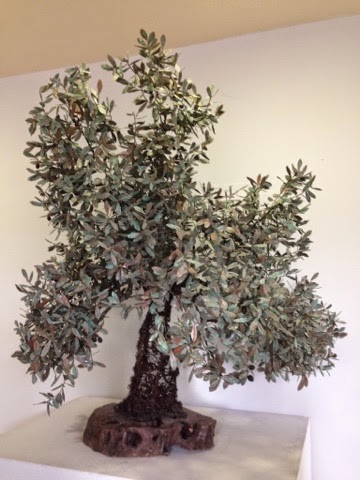
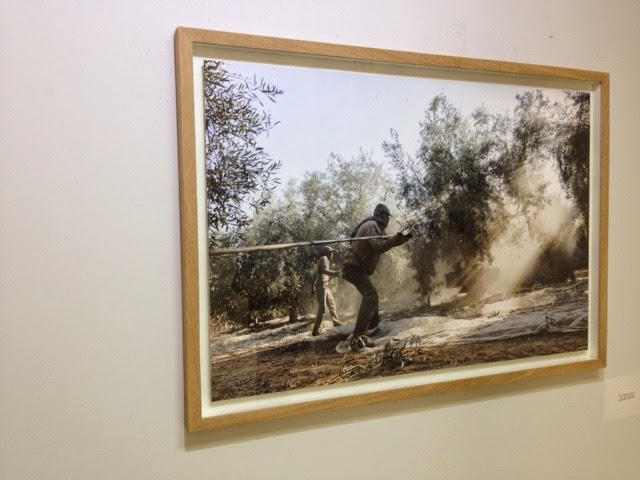
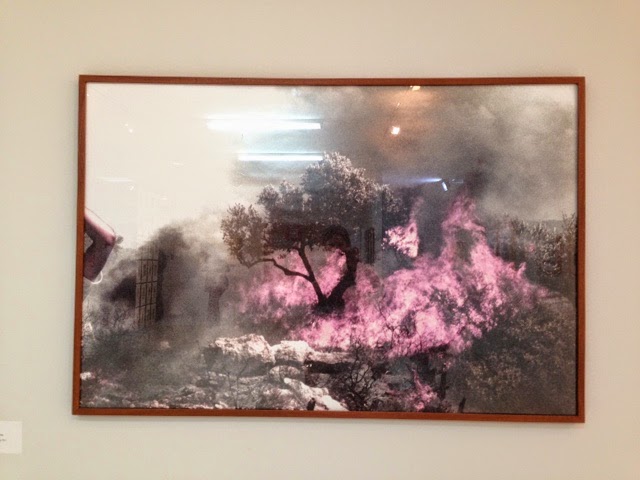
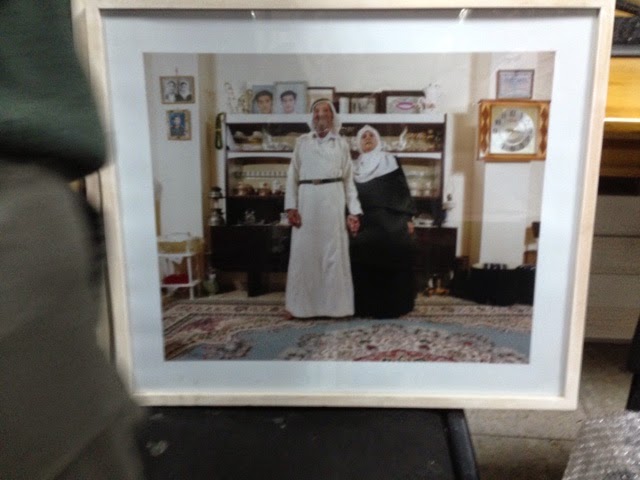

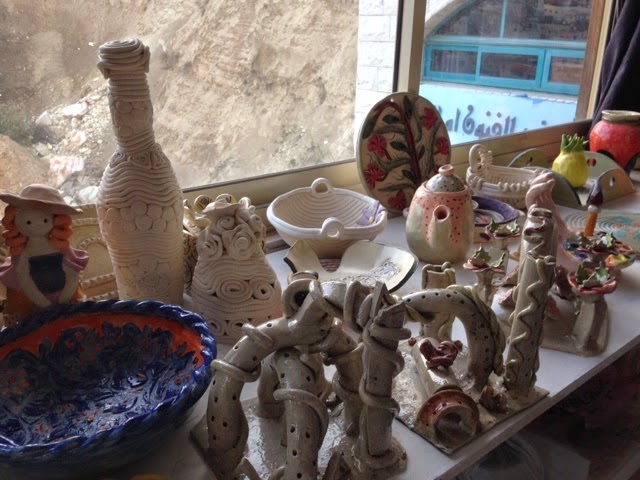
Cookieman
Posted at 14:16h, 01 JanuaryIt must be a real culture shock for Israelis to meet a Jew who thinks that he is smarter or more knowledgeable than they are, and who isn't shy to let them know it. Yes Bruce, you are a truly unique specimen. As we kibbutzed before you left, you should be able to unify all sides of the conflict as they run you out of town. Only then will everyone appreciate your true greatness.
Bruce Burnett
Posted at 16:29h, 01 JanuaryWhatever it takes to make the world a better place. Please start working on the speech that you will be giving the Nobel Peace Prize committee when you accept my award presented posthumously.
tina
Posted at 02:19h, 04 JanuaryJust read the post – Incredible ceramic art – makes me miss my studio and craft! I love your take on everything you come in contact with – Have an amazing day! Hugs and birthday wishes to Lori –
xoxoxo
michael woloz
Posted at 16:35h, 06 JanuaryIf only you could spike the narrative with a pun or 9…